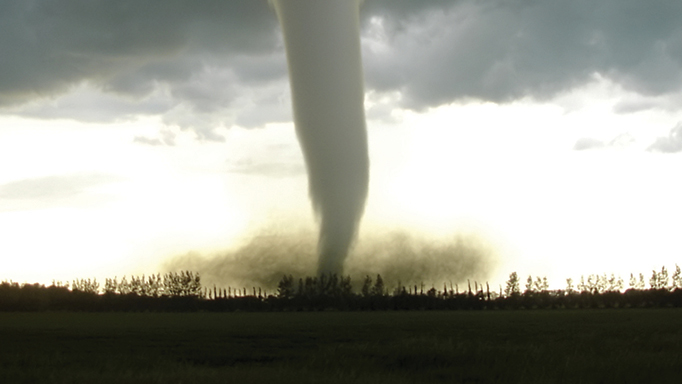Severe weather conditions must be included in emergency plans developed by competition organizers. Equestrian Canada (EC) has published the Emergency Planning and Action Plans guide that is available to all members and is a living document evolving and growing as needed that can be downloaded from the EC website.
According to Article A1316 in EC’s General Regulations, the steward must ensure that an emergency medical plan is in place and must determine whether the competition organizer is in compliance with Article A508. This article states that competitions must have provisions adopted prior to the competition for the proper handling of emergencies such as fire, severe weather, accidents and horse/human mortality. The steps it covers include:
1. identifying the potential risk
2. preventing the risk where possible
3. being prepared to implement the solution
4. mitigating the problem
5. returning to the field of play
As a rule, competitions should have one person responsible for coordinating the crisis team if an emergency does occur. In the case of potential severe weather, the person in charge of “weather watch” will be monitoring the weather apps and weather stations. This should provide an accurate idea of timing, but of course in the end Mother Nature will lead the dance!
Safe locations will have been identified for horses and humans well before an incident occurs. An estimated time for returning to the field of play will be established. Special precautions will be in place to ensure the footing is safe.
Here’s a sample checklist in case of fire, for example:
- Personnel trained and understanding their emergency duties
- Fire extinguishers charged and staff trained in their use
- Availability of a fire blanket in any cooking areas
- All exits clearly marked
- Fixed systems, ladders, and fire hoses work
- Access for emergency vehicles, and so on.
Other emergency horse health considerations include an isolation stall if needed and/or a plan to remove animals off-site, a drug testing stall, a system for biowaste removal, and much more.
For emergency planning it is impossible to cover all the bases. However, a plan in a drawer is useless; it must be read, trained, and rehearsed.

